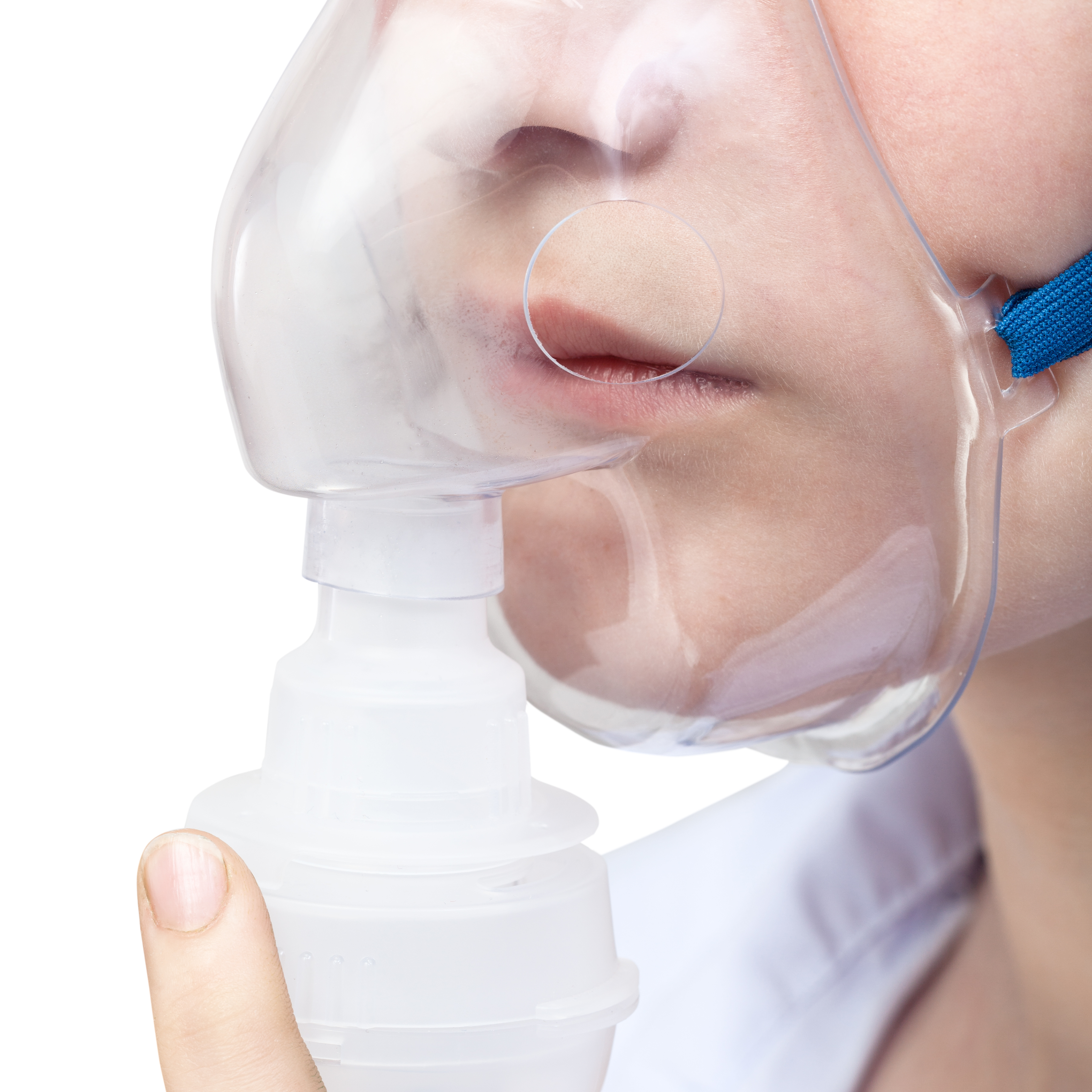#NACFC2016 – Spyryx Data Supports Clinical Testing of CF Therapy SPX-101

Early lab and animal studies suggest that Spyryx Biosciences’ drug candidate SPX-101 will be a safe and effective way of improving mucus clearance in patients with cystic fibrosis (CF), regardless of the underlying mutation(s) causing their disease.
The data were presented at the 30th Annual North American Cystic Fibrosis Conference (NACFC), where Spyryx had three posters on studies of SPX-101.
SPX-101 lowers the numbers of sodium channels in the epithelial cells lining the airways by making use of a natural control mechanism. These channels normally work to re-absorb sodium and create a balanced amount of liquid on the airway surface.
But in CF, sodium channels contribute to the lack of water in mucus, making it thick and difficult to get rid of. By reducing the number of the channels, called ENaC, the drug is designed to ease mucus clearance. SPX-101 is currently completing a Phase 1 safety study.
“We are excited to share these positive results with the community of researchers and physicians who are all dedicated to finding breakthrough treatments for cystic fibrosis,” John Taylor, president and CEO of Spyryx Biosciences, said in a press release.
“We believe that SPX-101 represents the first therapeutic opportunity to leverage a natural, biological mechanism that is important to the maintenance of normal mucus clearance, with the potential to provide meaningful clinical benefit to all CF patients, regardless of mutation.” Taylor added.
The three presentations featured different aspects of the research.
The first poster, “SPX-101 is a potent promoter of ENaC internalization, capable of regulating mucus hydration in vitro and in vivo,” demonstrated that when SPX-101 is given as an inhaled aerosol to animal models of CF, they survive for longer and have a better ability to clear airway mucus. It showed that administering the drug one to two times daily is enough to maintain the effect.
Lab studies confirmed that SPX-101 acts by re-establishing the natural control of sodium channels. The drug is a fragment of a protein that normally binds to the channel, forcing it to leave the cell surface. The fragment has been optimized so that it is not sensitive to changes in pH and is not degraded by airway enzymes.
The second presentation, “The scale-up and productization of SPX-101 for preclinical inhaled toxicology,” detailed studies characterizing drug properties, such as its chemical stability and purity.
Finally, the poster “SPX-101 demonstrates safety as an ENaC-affecting therapy for the treatment of cystic fibrosis,” showed that daily inhalation of the drug did not produce any systemic or airway side effects in dogs and rats that were treated for 28 days. The drug also did not increase levels of potassium.
This is a crucial finding, since sodium and potassium levels are tightly linked in the body, and changing sodium could cause dangerous changes in the levels of the potassium ion.
“We believe these non-clinical data, combined with the exciting results from the single-ascending dose portion of our Phase 1 safety study … supports our intention to move forward with early entry into the clinic in our Phase 2 clinical development plan,” said Alistair Wheeler, MD, chief medical officer at Spyryx.







